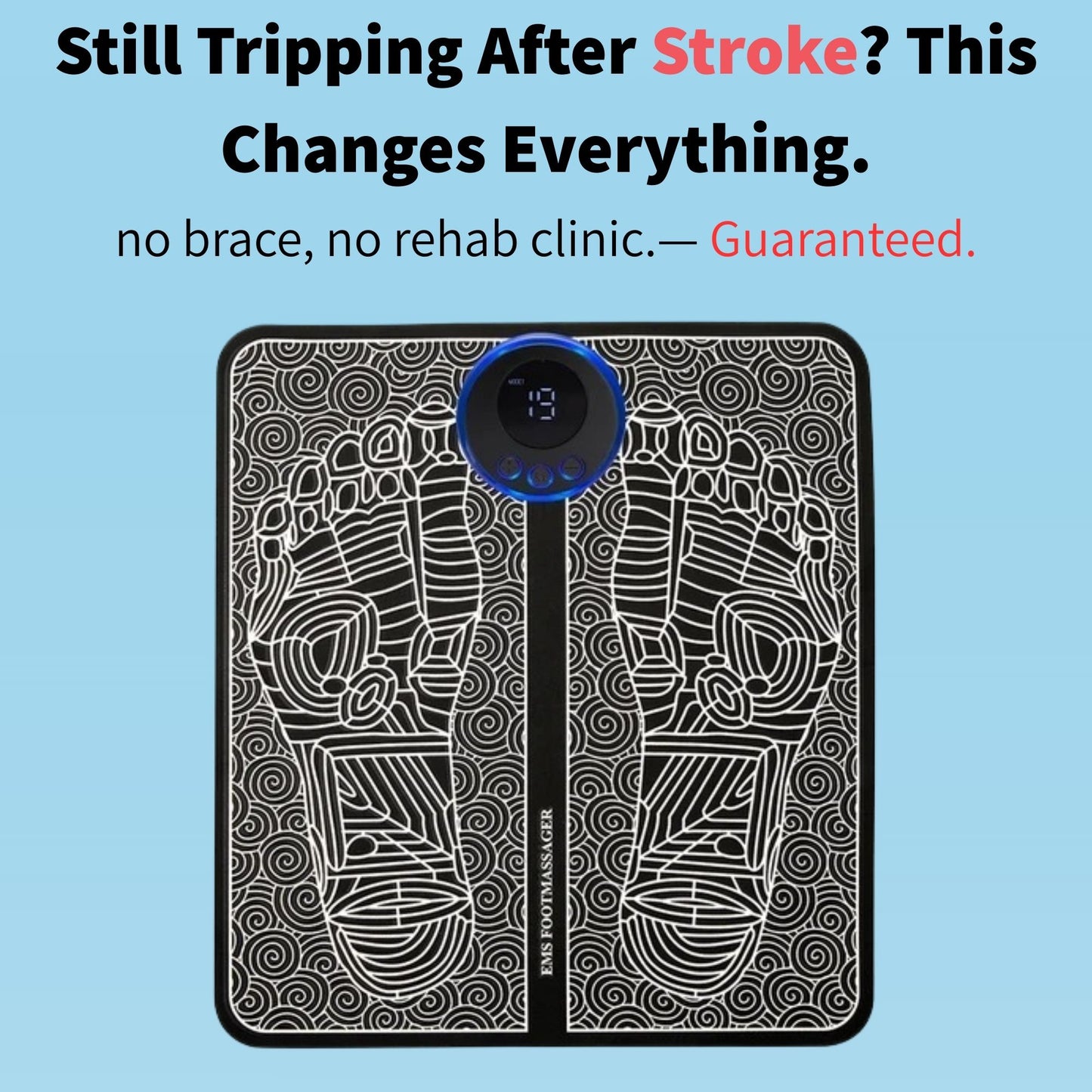
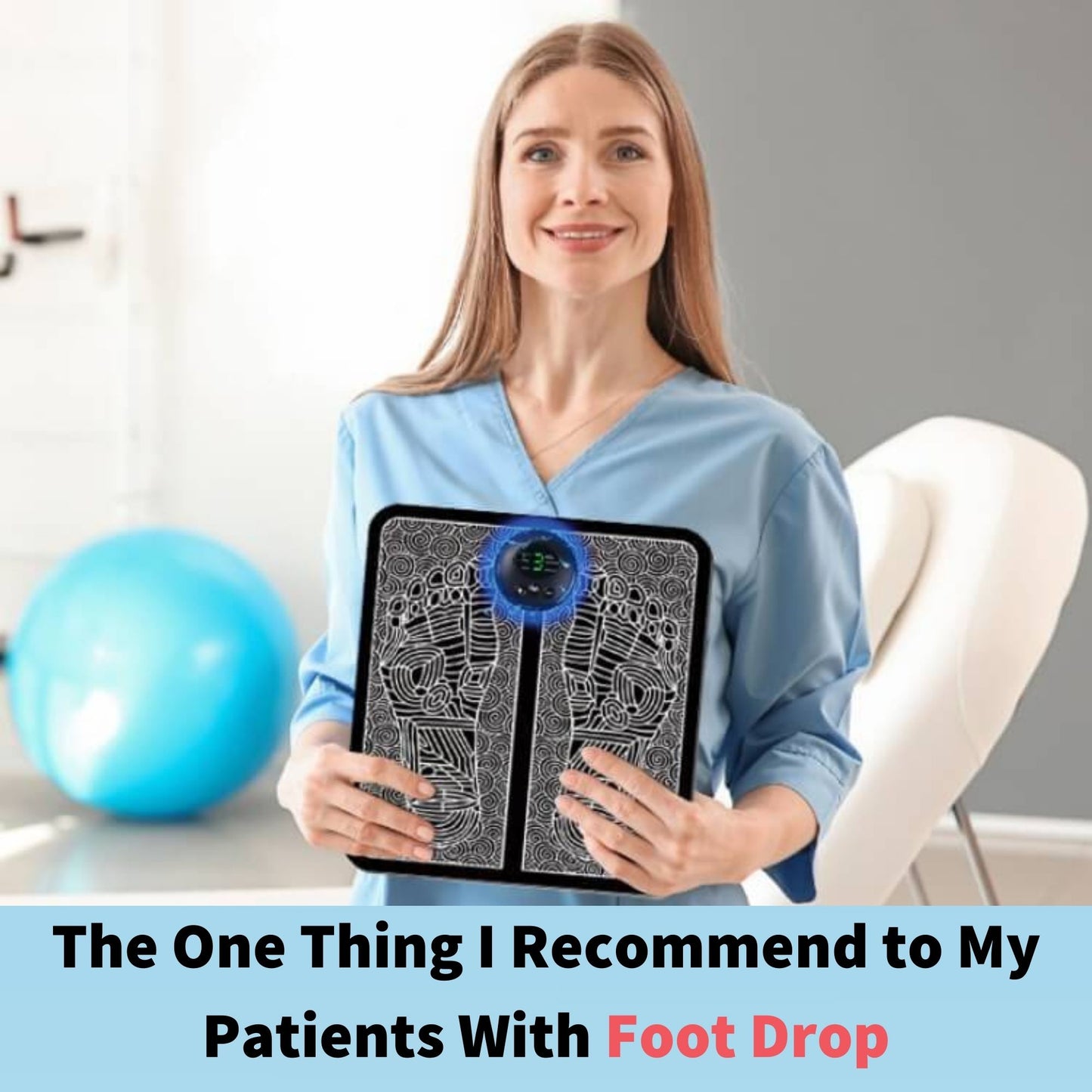
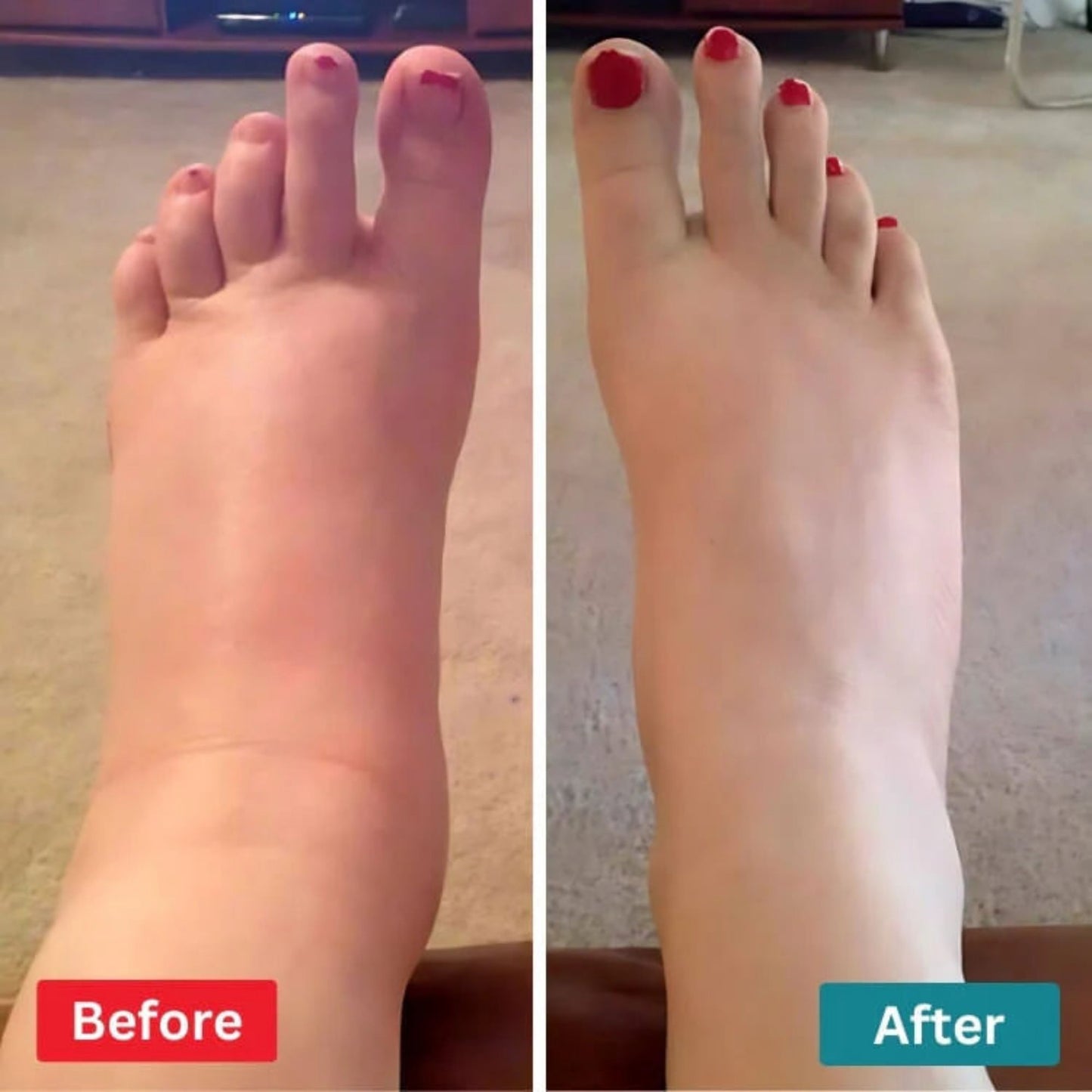
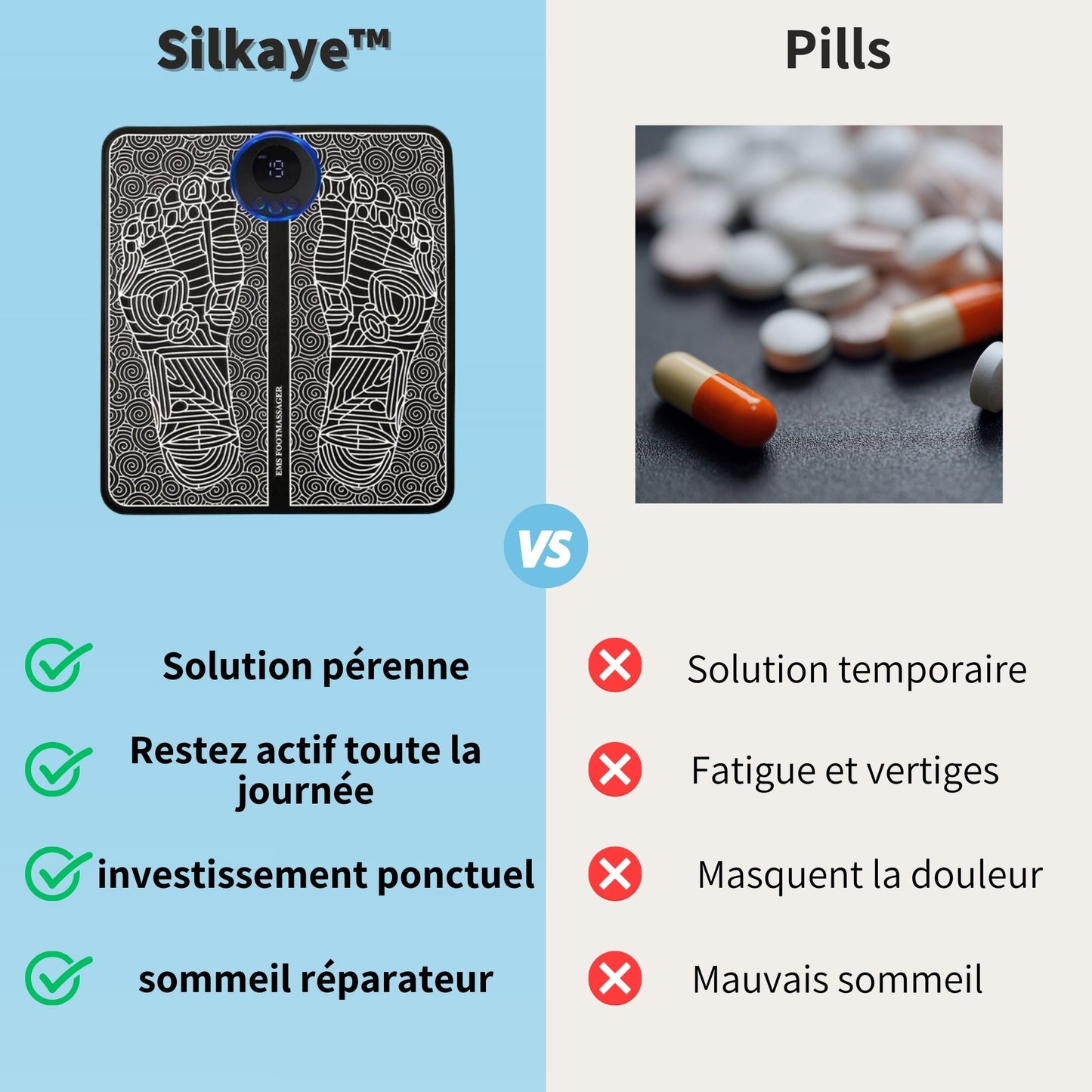
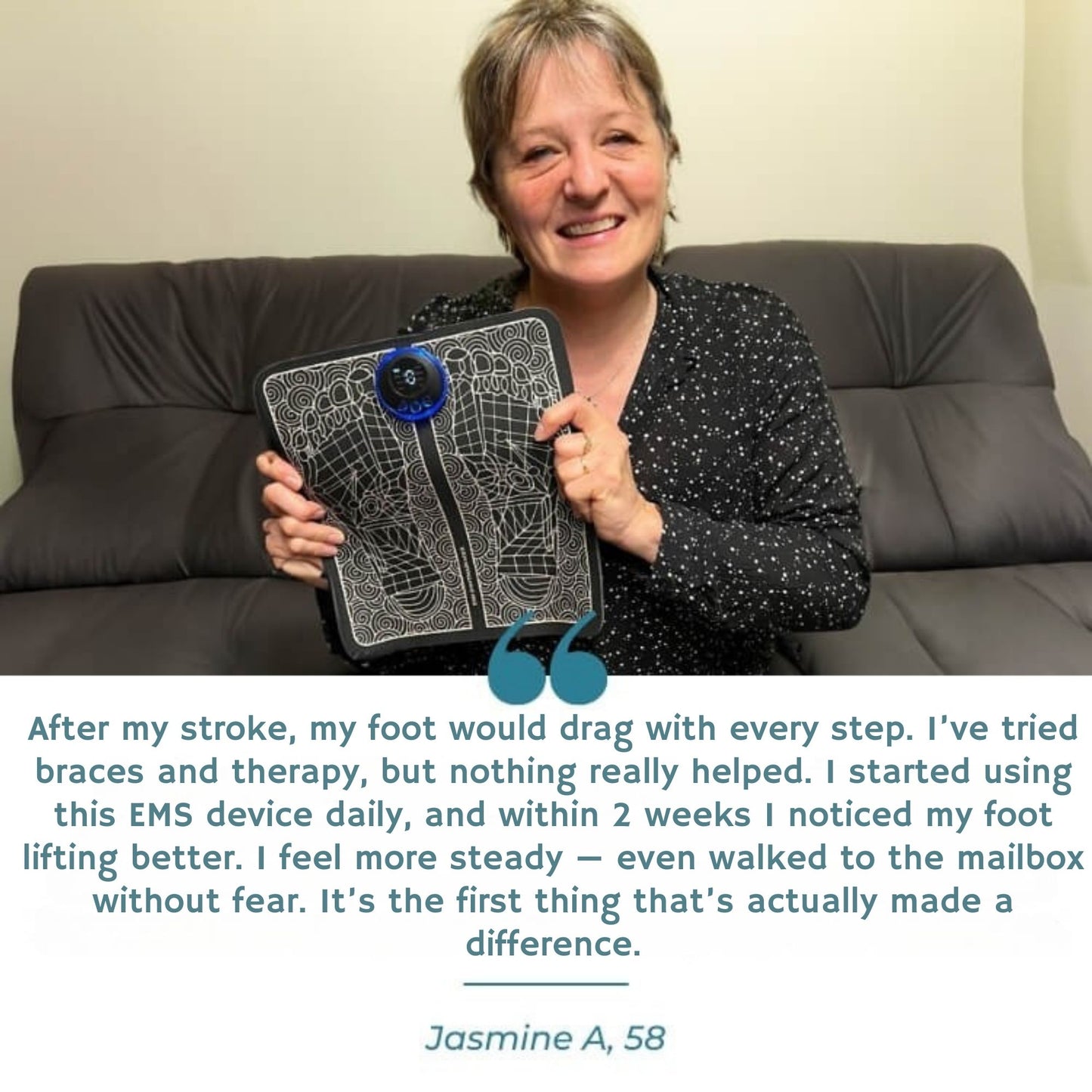
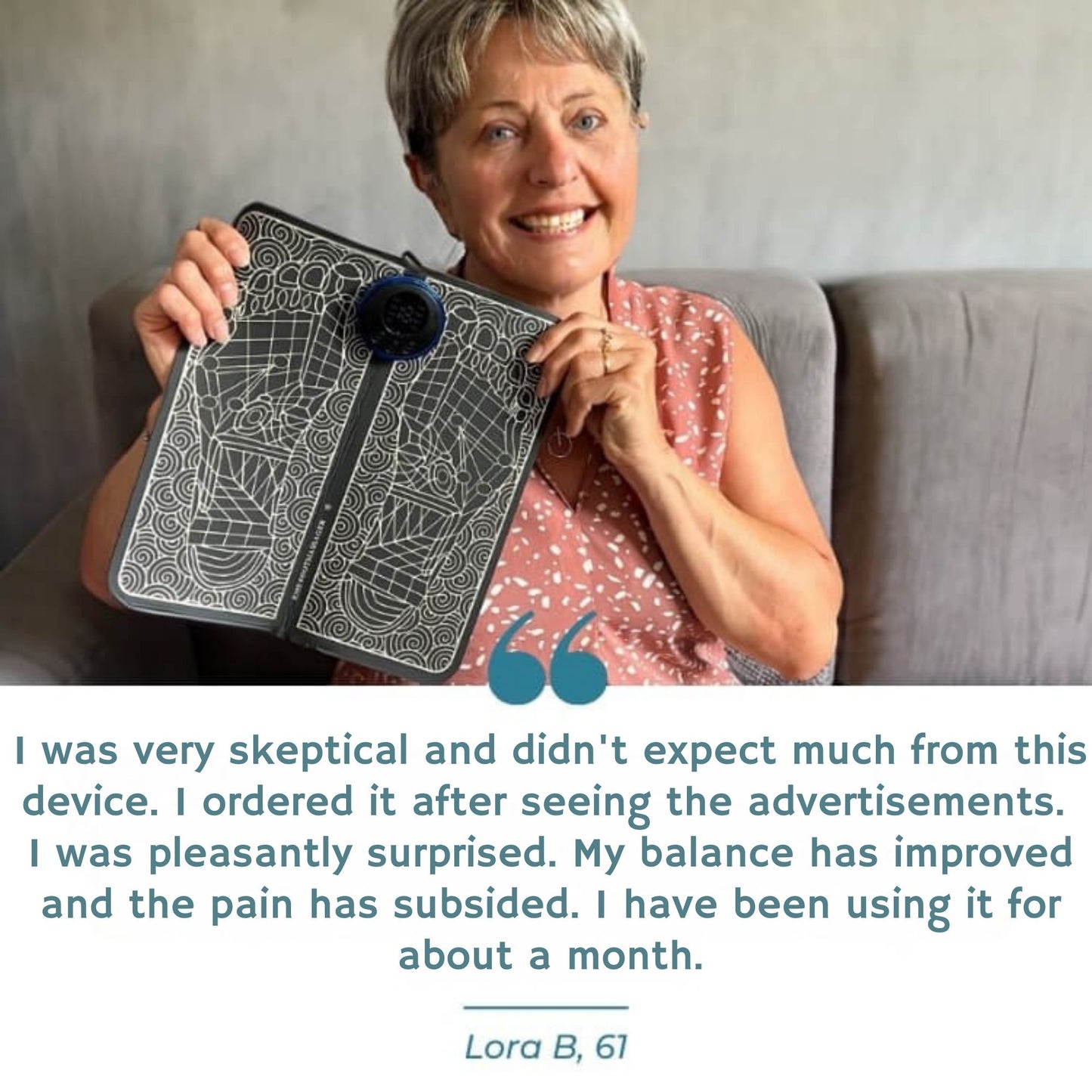
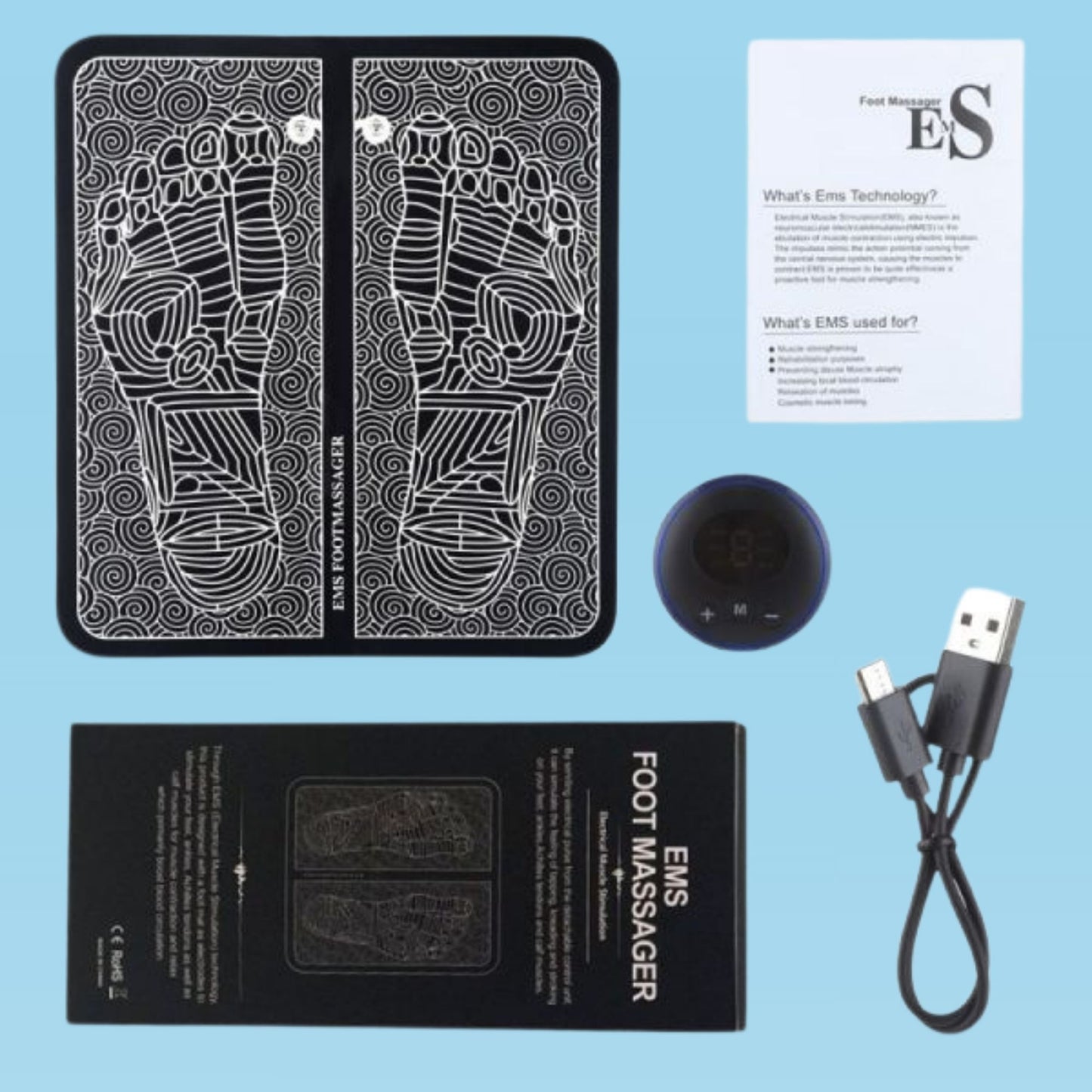




































The real reason your foot still drags after stroke
After a stroke, the nerves that control your foot muscles can go quiet. They’re not gone — just disrupted. These nerves are supposed to send signals from your brain to the muscles that lift your foot when you walk. But after damage, that signal becomes weak or blocked.
This broken connection causes the foot to drop, drag, or catch with every step — making walking feel scary, tiring, or even dangerous.
In other words, your foot muscles aren't “dead” — they’re asleep, waiting to be reawakened. The good news? With the right stimulation, they can come back online — even years after a stroke.
How Silkaye EMS helps you walk freely again
Silkaye EMS uses gentle electrical pulses to stimulate the nerves and muscles responsible for lifting your foot. It’s like rehab — without appointments, braces, or painful routines. Just place the pads, press start, and let the device do the work.
This isn’t a gimmick. It’s the same type of therapy used in stroke rehab centers — now made simple enough to use at home. Over time, it helps retrain your brain-to-foot connection so your foot lifts naturally when you walk. Many users say they feel steadier within weeks, and some even stop using their brace altogether.
You don’t have to accept slow progress or settle for “it is what it is.” You can take back control — one step at a time.

Clinically Studied Therapy, Made Easy at Home
In a recent clinical trial, an 8-week program using neuromuscular electrical stimulation (NMES) showed improvements in foot pain, circulation, and physical function.
Researchers found that applying EMS to the foot can boost blood flow, ease symptoms like heaviness, cramps, and fatigue, and even trigger contractions in the calf muscles — improving how blood moves back to the heart.
This helps explain why so many Silkaye users feel less discomfort, more energy, and improved movement after just a few weeks of consistent use. What was once reserved for clinics is now available in a simple, at-home device.
Source: PubMed Clinical Trial, 2022
What people who walk freely again are saying
Not all solutions are the same
Choosing the right one makes all the difference. See how Silkaye outperforms the typical alternatives.
| Silkaye | Others | |
|---|---|---|
Root cause treatment |
||
Muscle retraining |
||
Boosts circulation |
||
Clinically studied EMS Technology |
||
Brain-foot training |
||
Risk Of Side Effects |
What Happened After Using Silkaye EMS at Home
We surveyed real Silkaye EMS users who were struggling with foot drop — most after a stroke or years of relying on braces. The results speak for themselves. From better foot control and reduced tripping to walking more confidently without a brace, our customers are seeing real changes, often in just a few weeks. Here's what they experienced after using Silkaye regularly at home.
91%
said their foot felt more controlled or stable after using Silkaye EMS regularly
87%
reported lifting their foot more naturally within 3–4 weeks
84%
said they relied less on their ankle brace after using Silkaye EMS
79%
felt more confident walking in and outside their home
74%
noticed improved circulation or reduced leg heaviness during use
Results based on consumer studies and verified testimonials. For more details, please refer to the product page.
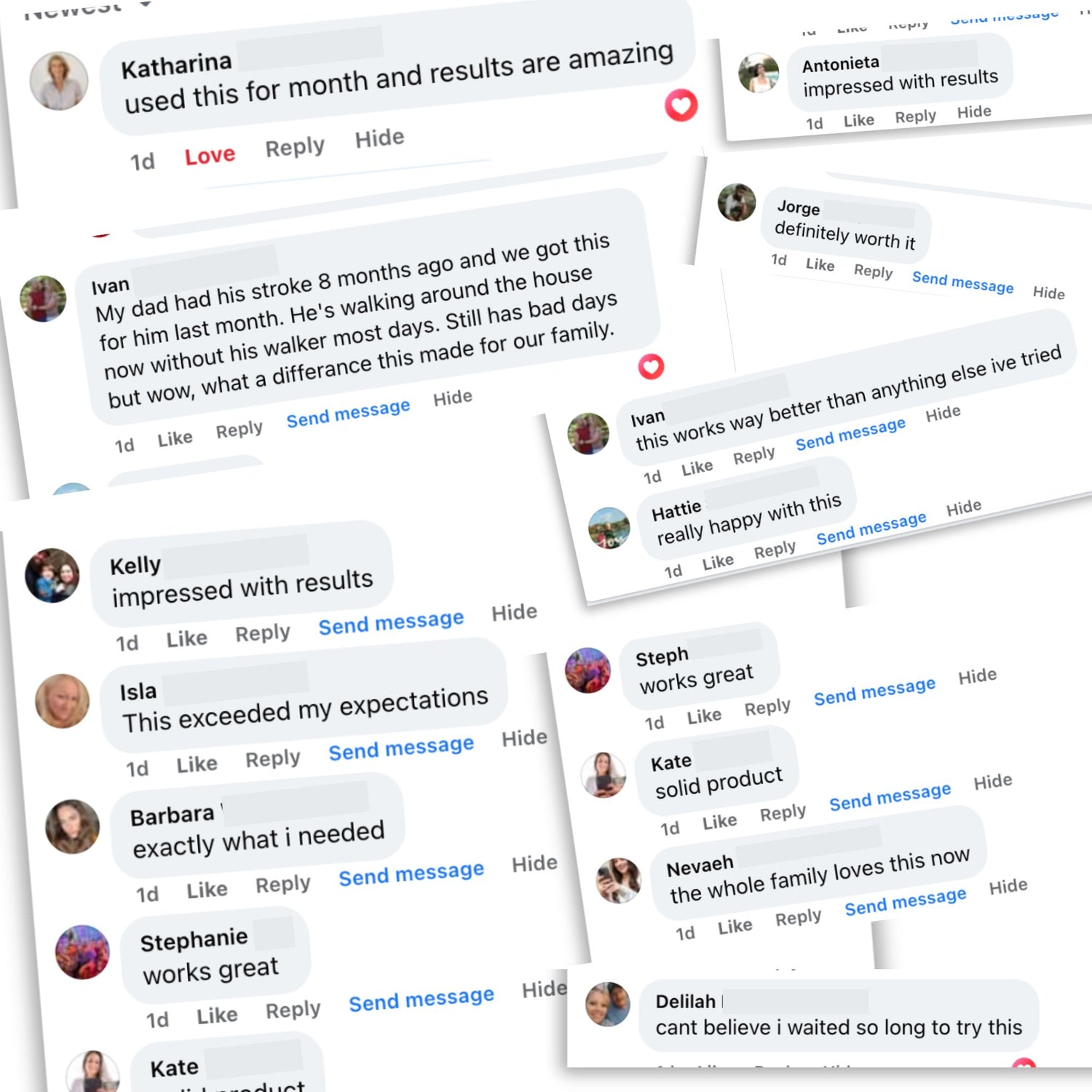
Customers Love Their Silkaye™ Device!
QUESTIONS? WE GOT ANSWERS
FAQ
Does this actually work for foot drop after a stroke?
Does this actually work for foot drop after a stroke?
Yes, Silkaye EMS is designed specifically to help people with foot drop — especially after stroke. It gently stimulates the nerves and muscles responsible for lifting your foot, helping you walk more smoothly and safely.
How long before I see results?
How long before I see results?
Many users report feeling more control and less dragging within 2 to 4 weeks of daily use. As with any therapy, consistency is key — results improve the more you use it.
Is it safe for seniors or people with limited mobility?
Is it safe for seniors or people with limited mobility?
Yes! Silkaye EMS was designed to be senior-friendly and safe for at-home use. It’s lightweight, simple to set up, and can be used while sitting or relaxing.
What if I’ve had foot drop for years? Will this still help?
What if I’ve had foot drop for years? Will this still help?
Even if you've had foot drop for a long time, your muscles may still respond to stimulation. Silkaye EMS helps “wake up” dormant nerve pathways, even years after stroke or injury.
What exactly does it do to my foot?
What exactly does it do to my foot?
Silkaye EMS sends gentle electrical signals to your lower leg. This activates the nerves and muscles that help lift your foot — similar to what’s done in stroke rehab clinics.
Is this painful or uncomfortable to use?
Is this painful or uncomfortable to use?
Not at all. You may feel a light tapping or pulsing sensation, but most people find it comfortable — even relaxing. You can adjust the intensity to your liking.
Can I use this if I have a pacemaker or other conditions?
Can I use this if I have a pacemaker or other conditions?
If you have a pacemaker or other implanted device, we recommend checking with your doctor before using Silkaye EMS. Safety always comes first.
How often should I use it?
How often should I use it?
For best results, we suggest using it once or twice daily for 15–30 minutes each session. Many users fit it into their routine while watching TV or reading.
What happens if it doesn’t work for me?
What happens if it doesn’t work for me?
No worries — you’re covered. Try Silkaye EMS for 60 days, and if you’re not satisfied, you can return it for a full refund. We want you to feel confident in your recovery.
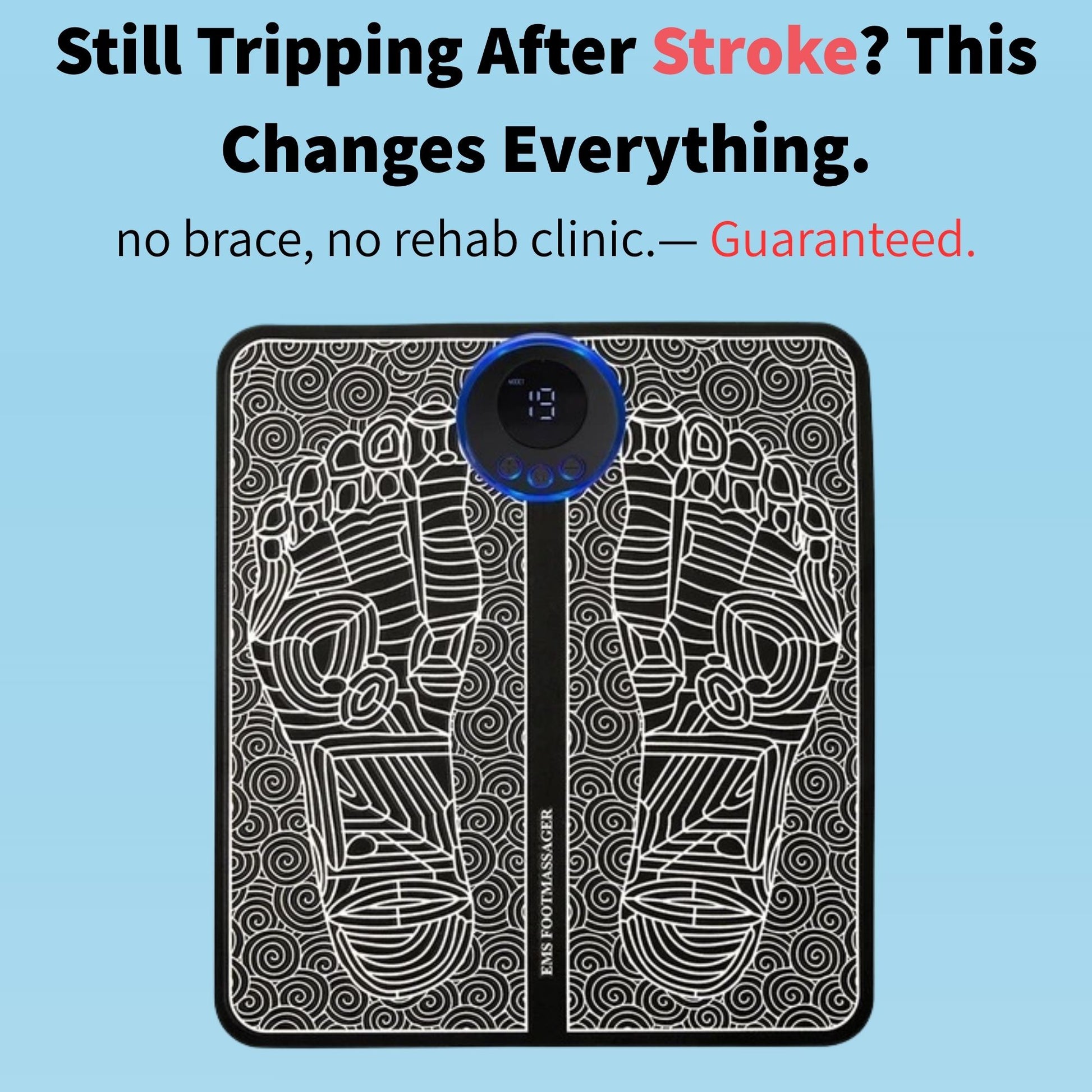






 60‑Day Risk‑Free Guarantee
60‑Day Risk‑Free Guarantee





